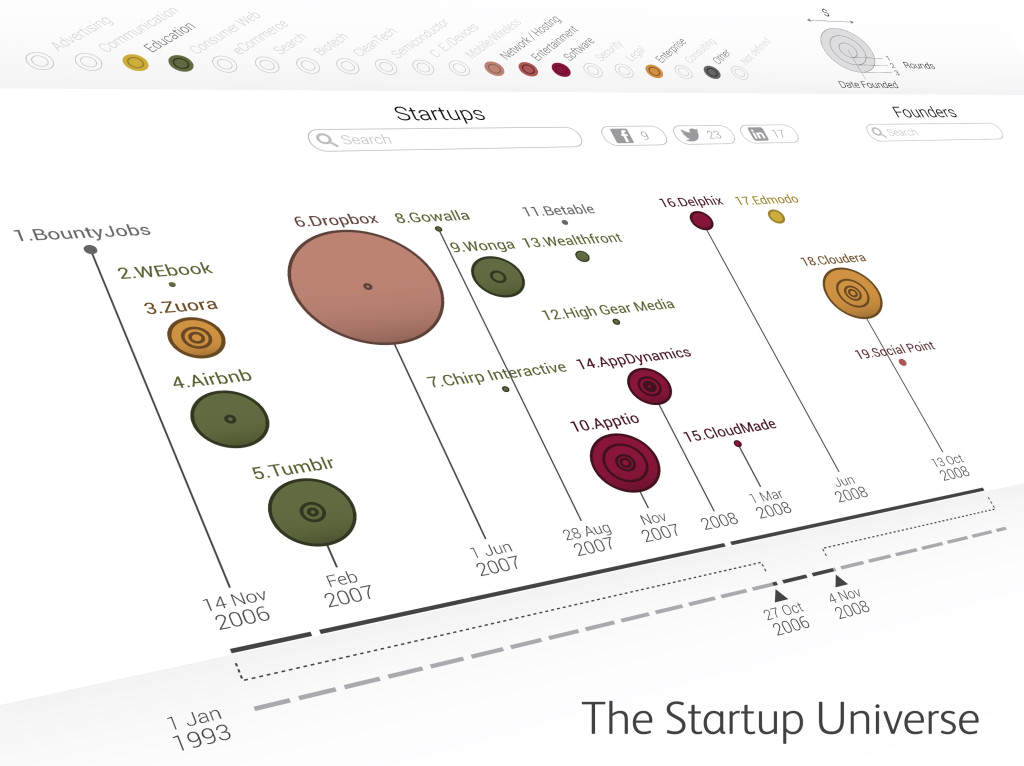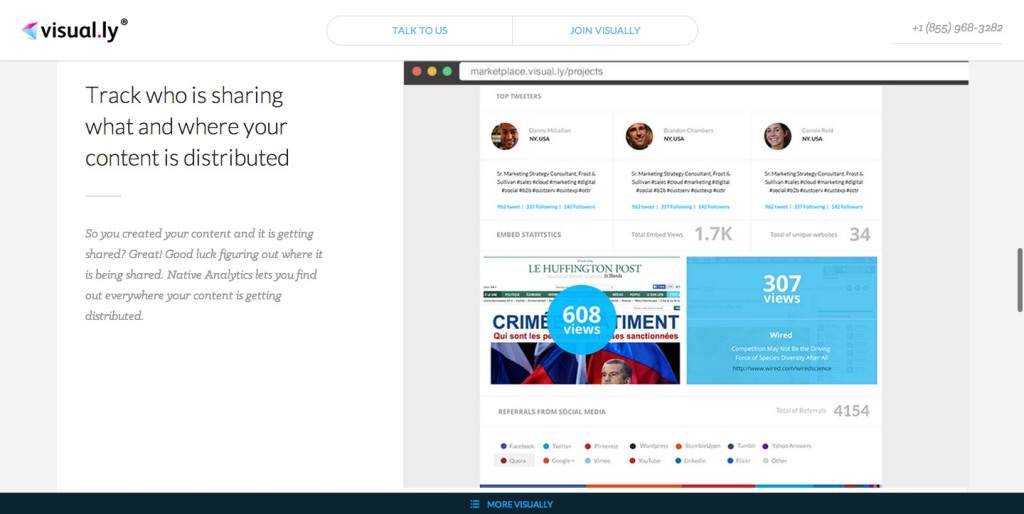As content continues to become an ever-important staple for businesses of all shapes and sizes, I thought it’d be interesting to share some thoughts on what the future of content might look like.
However, instead of?sharing just my own thoughts, I wanted to bring you what the future of content looks like for some of the folks I look up to and respect in this space.
Starting today, this series will bring you some of the web’s most critical thinkers when it comes to content – hopefully you’ll enjoy reading as much as I did, and these thoughts will spark ideas of your own on what the future of this thing we call content looks like.
Today’s thoughts come from Clay Morgan, Vice President of Operations at Arment Dietrich.
Content and Standing Out from the Crowd
In one of her recent speeches, Gini Dietrich said there are about 152 million blogs.
That?s just blogs.
It doesn?t include news sites that are generating tons of content or the millions (billions?) of websites that have some type of content on them. That means standing out from the crowd is going to be more and more difficult.

I think there will be increased focus on how the content is presented, and I?m talking beyond design.
- Is it written, and if so, long form or short form?
- Is it video or audio?
- A slideshow?
- Infographics?
Something I think about is songs. I can?t sing, but children?s television has successfully delivered good content via songs for decades.
Should people look at packaging their content as other forms of art? Photography? Illustration? What about fiction writing? After all, children?s authors have used fiction to teach children for decades.
The point is, whether we see it or not, I think we should really get creative in our approaches when it comes to presenting our content.
Content and Distribution Channels
Right now as I write this, the girls are in Vacation Bible School.
When I was a boy, our content was basically a handout or two. This week, the girls get the hand outs, but they also have video, music, skits, talks, crafts projects that reinforce the content, and a range of multi-media approaches to deliver content.
The content is being delivered in many different ways, and they are ways to which the children respond. Just something to think about.
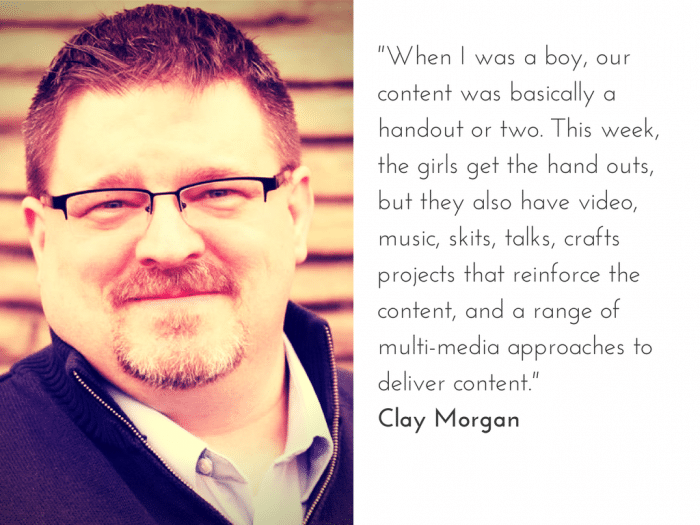
The second thing I think (or hope) we?ll see is an increased focus and an increased sophistication in terms of distribution. There are large companies telling people that if they create a landing page or a blog, and post x amount of content each week, they will organically gain more sales leads than they know what to deal with.
Funny how ?organically? and ?magically? sound very much alike.
Organic growth is the result of strategy, planning, implementation – in other words hard work. There are no magic bullets and if you want your content to get to the right people, you have to hand it to those people.
I think we will see more people realize they need more sophistication and more strategy when it comes to distribution, if for no other reason there is so much content being developed.
Content and the “Smaller” Blogger
It is going to be critical for small bloggers to think about distribution.

They will need to be very strategic in the use of SEO, email marketing, RSS feeds, social media, and other tactics in order to break through the domination of content offered by major bloggers and companies with deep resources.
The idea of organic growth through this type of strategic approach always reminds me of my aunt.
She?s quite a successful romance novelist. She works with a major publisher and has a real following. She?s one of the ?hot new stars? in romance fiction and an ?overnight success.? What she tells people is it took her 10 years of hard work before she became an ?overnight success.?
Organic growth always has hard work behind it. Always.
 About Clay Morgan:?Clay Morgan is the vice president of operations for Arment Dietrich and is based in Nashville.
About Clay Morgan:?Clay Morgan is the vice president of operations for Arment Dietrich and is based in Nashville.
He believes if you can?t deliver content to the right people, and if you can?t make money off it, content will never be king…or queen.
He?s a husband, foster father, and has two cats and an unexpected fish. You can read more from Clay on Spin Sucks, or connect with him on Twitter and/or Google+.
image: Emerson
Other posts in this series:



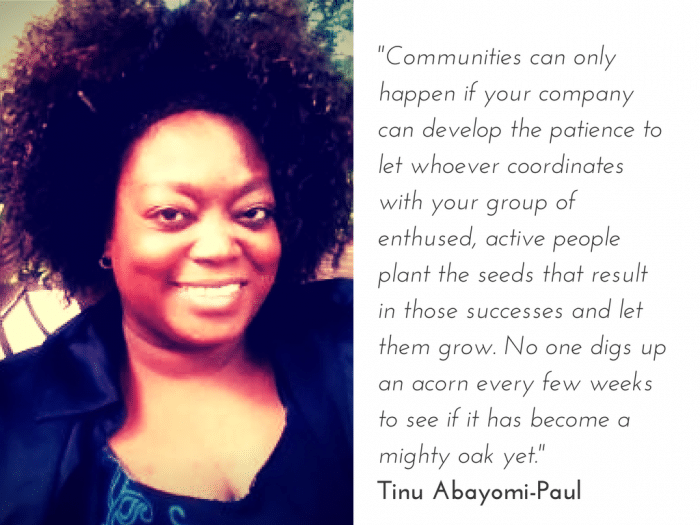
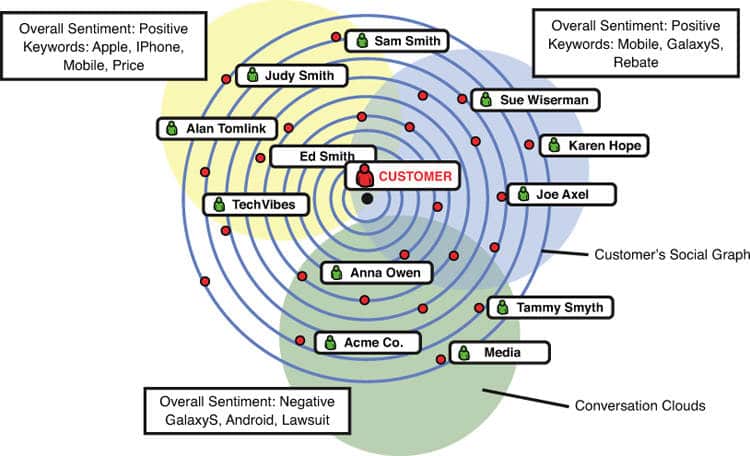
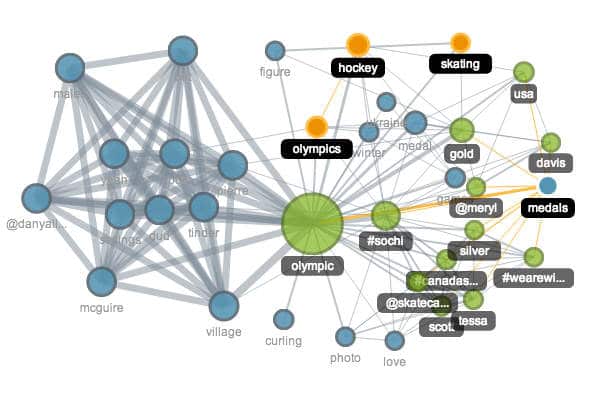 They won?t necessarily be in the market to buy your product, but they will share your branded content if it covers an area of interest they are comfortable with.
They won?t necessarily be in the market to buy your product, but they will share your branded content if it covers an area of interest they are comfortable with. About the author: Martin Edwards is a web developer and social media consultant with The Canonbury Consultancy, helping writers, entrepreneurs and start-ups build lean & agile businesses using the wealth of low-cost tools that are now available online. You can get to know more about Martin at his blog
About the author: Martin Edwards is a web developer and social media consultant with The Canonbury Consultancy, helping writers, entrepreneurs and start-ups build lean & agile businesses using the wealth of low-cost tools that are now available online. You can get to know more about Martin at his blog 
